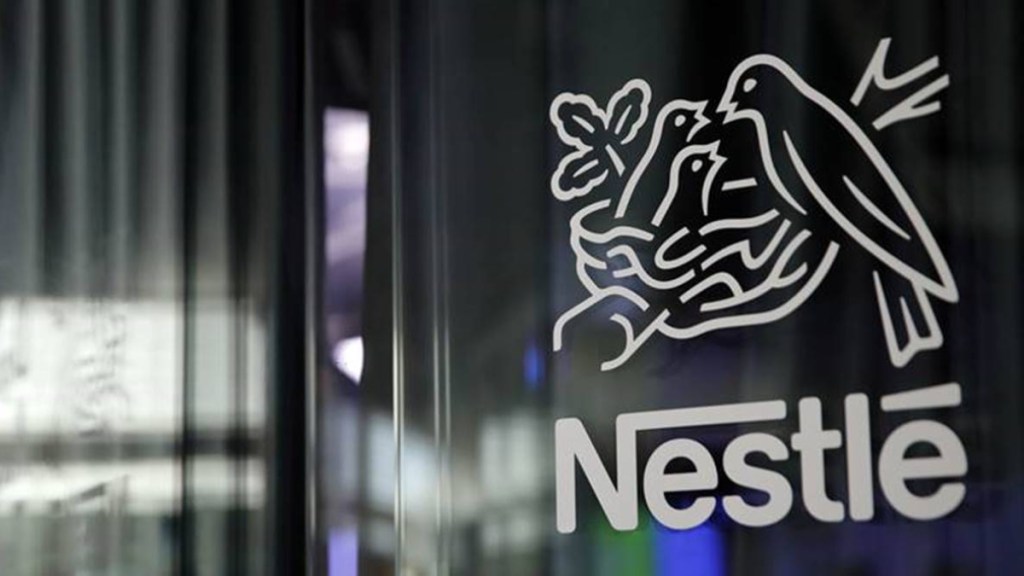As the year comes to a close, Nestle India hopes that the worse of commodity inflation is behind, and 2023 will turn out to be a better one. However, given the mixed trends on different commodities, it would be early to say how the pricing on products will be impacted.
“One has seen the worst of inflation in 2022 which was a result of a variety of situations, not just Indian but also global, which have impacted us quite significantly. One is seeing mixed signals for 2023, some commodities are cooling down, while some continue to be bullish. So it will be difficult to say whether we will be equal to, better off or worse off than 2022,” Suresh Narayanan, chairman and managing director, Nestlé India told FE on the sidelines of CII Marketing Leadership Summit.
Also Read: Reliance rolls out FMCG brand
While there are early signs of stability in prices of a few commodities such as edible oils and packaging materials, milk and wheat prices continue to remain firm.
Narayanan said the challenge on the prices of products will depend entirely on how the commodities play out during the coming year, and it is difficult to make an assumption yet.
“It is difficult to say whether we will be able to either increase prices or roll back prices at this stage. The only thing one can say is that probably the worst of inflation is behind us, which is what the CPI index and others are showing, and hopefully things will turn out to be better in 2023,” he said.
The rural demand which has been lagging behind urban in the past few quarters should see a recovery in the coming months.
“I hope that as a consequence of decent monsoons the demand should pick up in the next couple of quarters in the rural areas,” Narayanan said.
Also Read: Volume recovery to drive growth in rural markets, say FMCG players
As for Nestle India, he said that the company’s ‘Rurban’ strategy has been put to execution and the company is expanding its distribution network into more villages. It has also accelerated the infrastructure and the feet on the ground to expand its reach. “We are seeing encouraging results of our Rurban strategy playing out for us. However, it is part of a long march and therefore I cannot say there is a definitive end to it. However, our rural footprint is relatively lower than some of the other companies who are feeling the impact of the slowdown in those markets more acutely, for us it still continues to be small,” he said.
Narayanan said that there is a clear trend emerging on consumer behaviour and they are operating in three distinct spaces. “One is that value consciousness continues to be high so value for money, price points and certain amount of downgrading could still happen wherever purchasing incomes are a constraint. Premiumisation trend is also strong in certain categories in the country as people are looking at better brands and better offerings and better quality of products that they consume. And the third is of course better quality of nutrition that people are looking at and that could be a trend that can have an impact over a period of time,” he said.
He highlighted that during the pandemic there was a rise of immunity-based products, and while there seems to be some tempering of the urgency that was seen, consumers will continue to demand “trust, good quality and sustainability.”
While he refused to comment on reports of Nestle India on a look out for buying direct-to-consumer brands like Yoga Bar in the health food segment space, Narayanan said that the company looks at the mergers and acquisitions space quite actively.
“We are looking at brands that are able to have an impact both on economic and cultural value, and are a strategic fit. That search continues,” he said. The Maggi-to-Kitkat maker Nestle India had reported an 8.2% year-on-year increase in the company’s net profit to Rs 668 crore for the quarter ended September 30, 2022, amidst a growth in volumes and pricing mix. The company’s revenue from operations surged 18.2% y-o-y to Rs 4,691 crore led by Maggi noodles, Milkmaid and Nescafe classic. The sales growth for the noodles to chocolate manufacturer has been its highest seen in the last five years, for a quarter.

